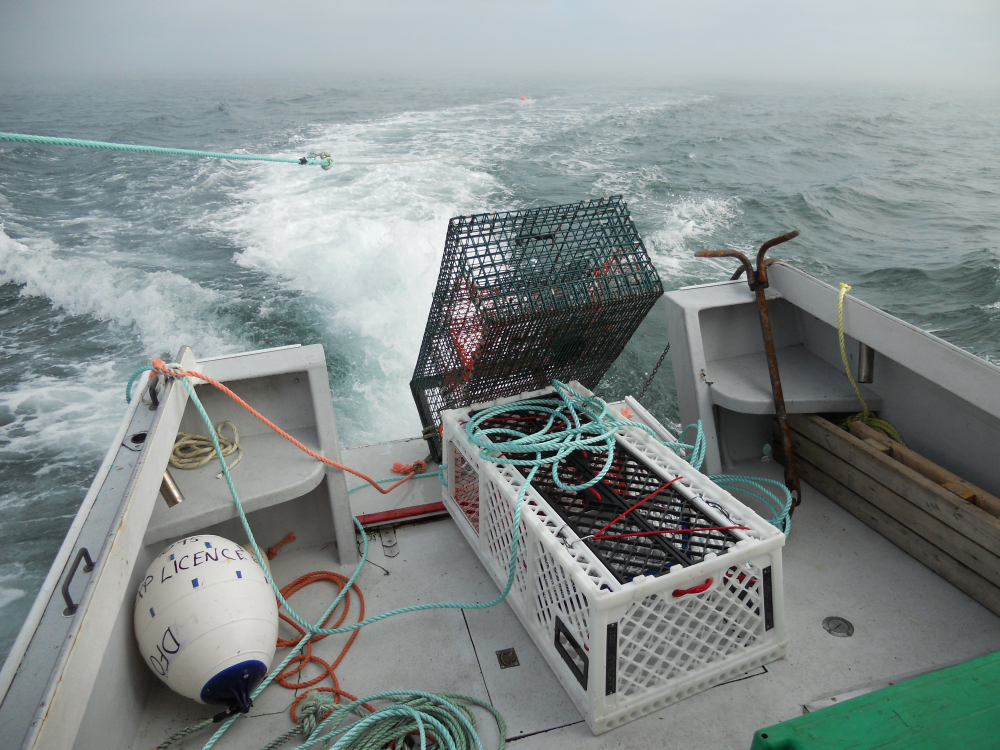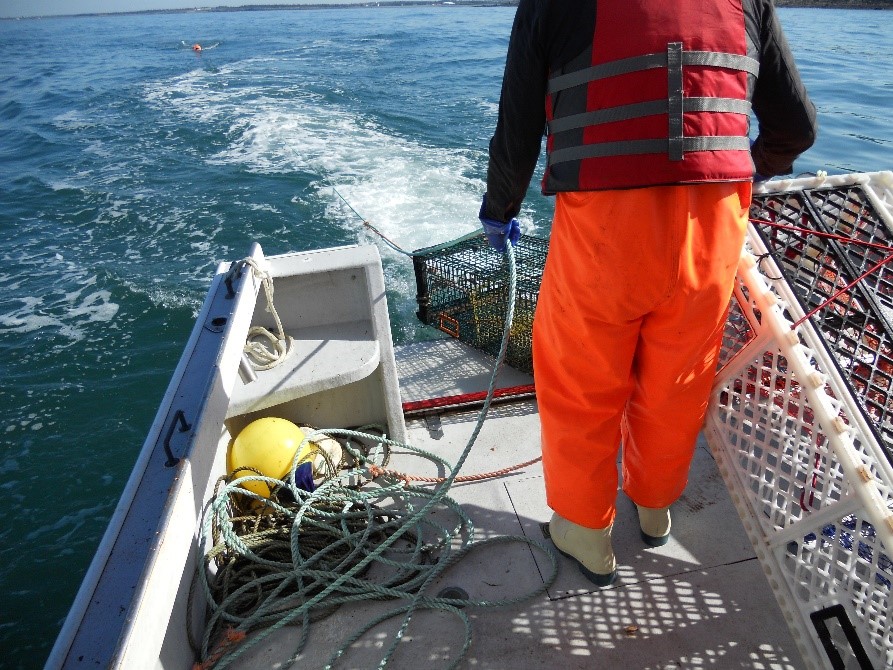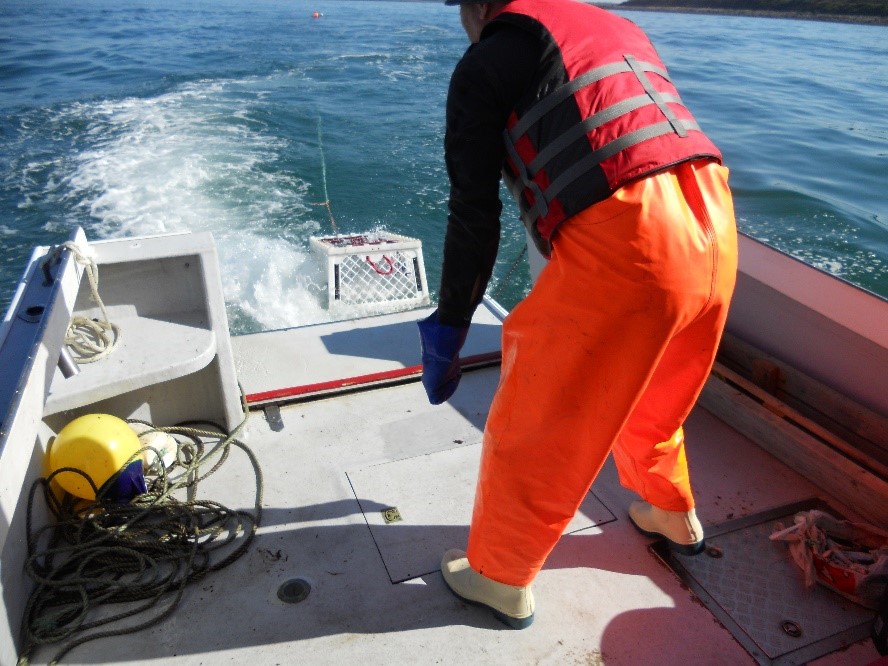Field testing
& proofInitial Field Testing – 2017
During the initial stages of engineering and design, the newly formulated plastic trap passed, and in most cases exceeded the engineering expectations in the simulations and software testing. A great amount of time and effort was spent on research, design, and engineering before proceeding to the patent stages.
Once the design was patented it immediately went to full-scale, hands-on prototype field-testing.
With the full support of DFO (Department of Fisheries and
Like-for-like testing was conducted using a plastic trap in conjunction with a wire trap.
Two separate trawls were made with two traps on each, one wire and one plastic. Each of these 2 trawls was set in a different location. All traps were baited identically with the same bait type and quantity of bait. Testing was conducted in various locations, water
In all
The data speaks for itself.
University Testing – 2018
Dalhousie University (Engineering Dept.)
We are planning to engage with Dalhousie in 2019 to continue this work as well as look into other ocean technology products that are in the development stages.
Fisheries and Marine Institute
In addition, the Marine Institute tested a lobster trap in their flume tank, which is the largest in the world. They launched the trap in all positions to see its reaction, with and without current.
Launches were – Upright, On its side, On its end, Upside-down.
* Every time it righted itself almost instantly.
The scientists also introduced dye into the water to highlight the bait flume as well as the water flow through the trap to show how well it stays on the bottom and does not rattle.
They filmed all the scenarios and the results were amazing.
The 21st Century Lobster Trap
for todays Fisherman
Find us at
55 Rcom Dr
Yarmouth, NS • B5A 4A8
Let's connect
Scott Dauphinee.
Managing Director
(M) +1 902 740 1095
@TheLobsterTrapCompany scott.dauphinee@thelobstertrapcompany.com

Let's connect
Scott Dauphinee.
Managing Director
(M) +1 902 740 1095
@TheLobsterTrapCompany scott.dauphinee@thelobstertrapcompany.com
55 Rcom Dr
Yarmouth, NS • B5A 4A8
© Copyright The Lobster Trap Company 2019


